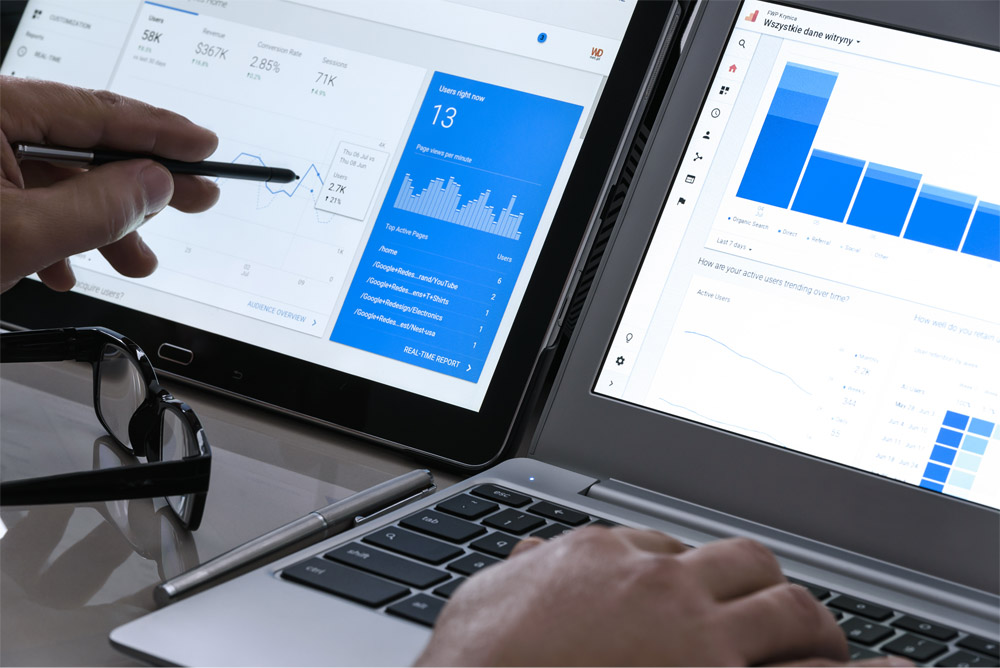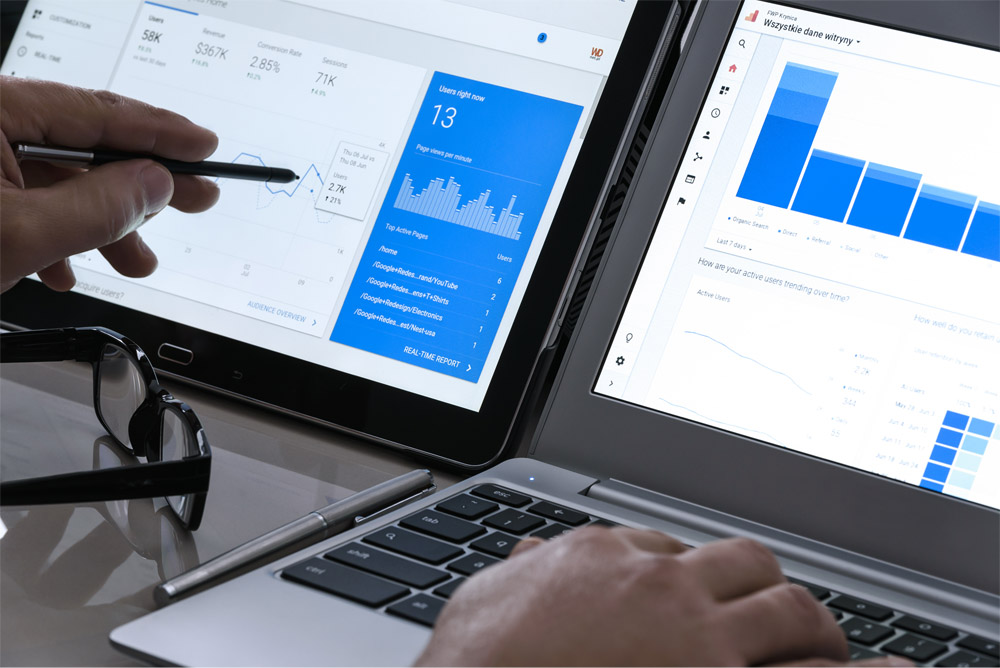slow websites_
When it comes to quantifying something, statistical data is a great way to make stark facts stand out. Demonstrating a point in numbers has much more of an impact than just saying that it isn’t very good. On that principle, the following facts make interesting reading. Analysis shows that when it comes to loading a web page:
- A one-second delay reduces customer satisfaction by around 16%.
- Around 53% of site visits are abandoned if pages take longer than 3 seconds to fully load.
- Over 67% of UK consumers cite slow loading times as the main reason they would abandon an online purchase.
Slow load times are mainly given as the primary reason visitors abandon the checkout process at an online store. Since Google has a target of a half-second load time, if your page doesn’t meet that criteria, they may even throttle your page, knocking you right down the Search Engine Results, and practically no one bothers with page 2 of Google searches. In short, if your site is badly designed and a bit top-heavy, then Google themselves are likely to strangle it a bit and that is certainly going to lose you customers.
And the situation is only going to become more difficult in a couple of months when Google launch their latest updates to their Page Experience signals, which are designed to promote sites depending upon a range of interrelated factors. The Page Experience signals will determine how good or bad a site’s user experience is, and that will become a factor in where it ranks in the Google search results. A slow-loading page is going to impact those signals heavily, spelling bad news for your site.

Page Experience is part of Google’s ongoing project to streamline page rankings, and make the best pages stand out. The June update will introduce three new signals, being:
- Page loading: This refers to loading times although Google is changing the way it measures this with a new standard called ‘Largest Contentful Paint’ (LCP).
- Feature interactivity: This measures the responsiveness of interactive features on a page such as links and buttons after users click them, using a new standard called ‘First Input Delay’ (FID).
- Visual Stability: This signal detects the movement of elements after they’ve loaded on the page and measures any instability they may cause, using a new standard called ‘Cumulative Layout Shift’ (CLS).
These, together with the four original signals already in place will help Google rank sites in a more structured and fairer fashion, provided that the site meets certain criteria, like speed of loading.
